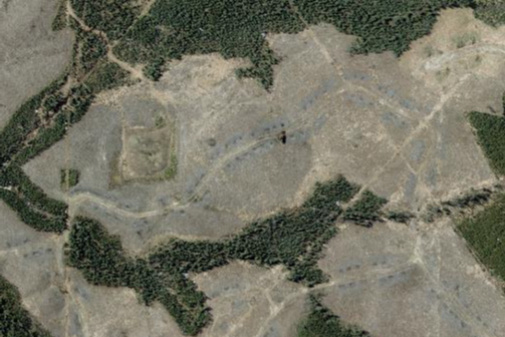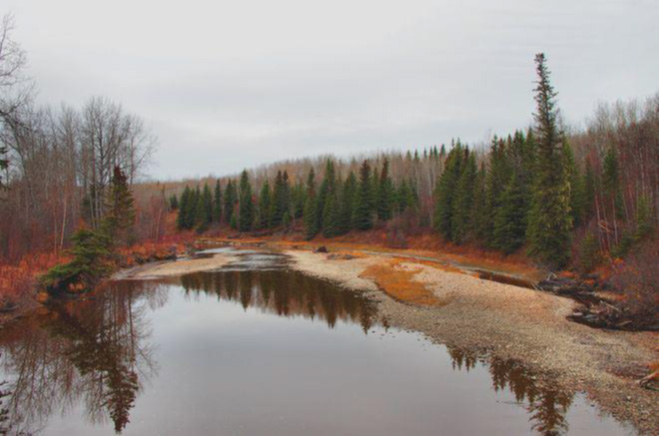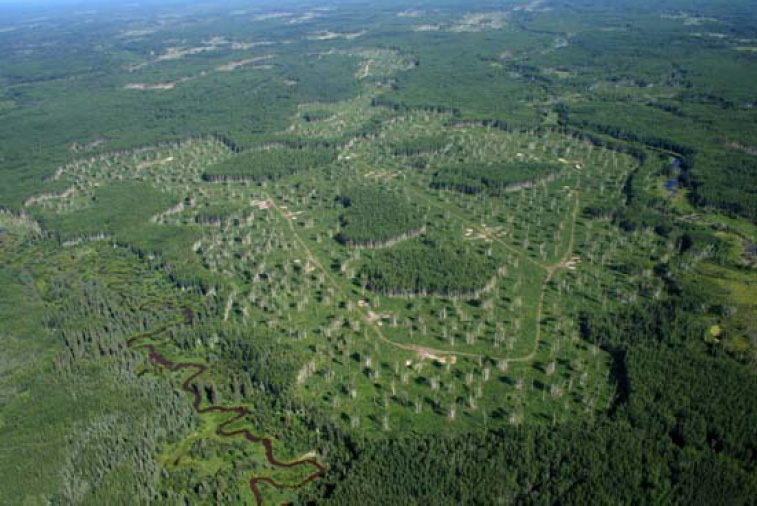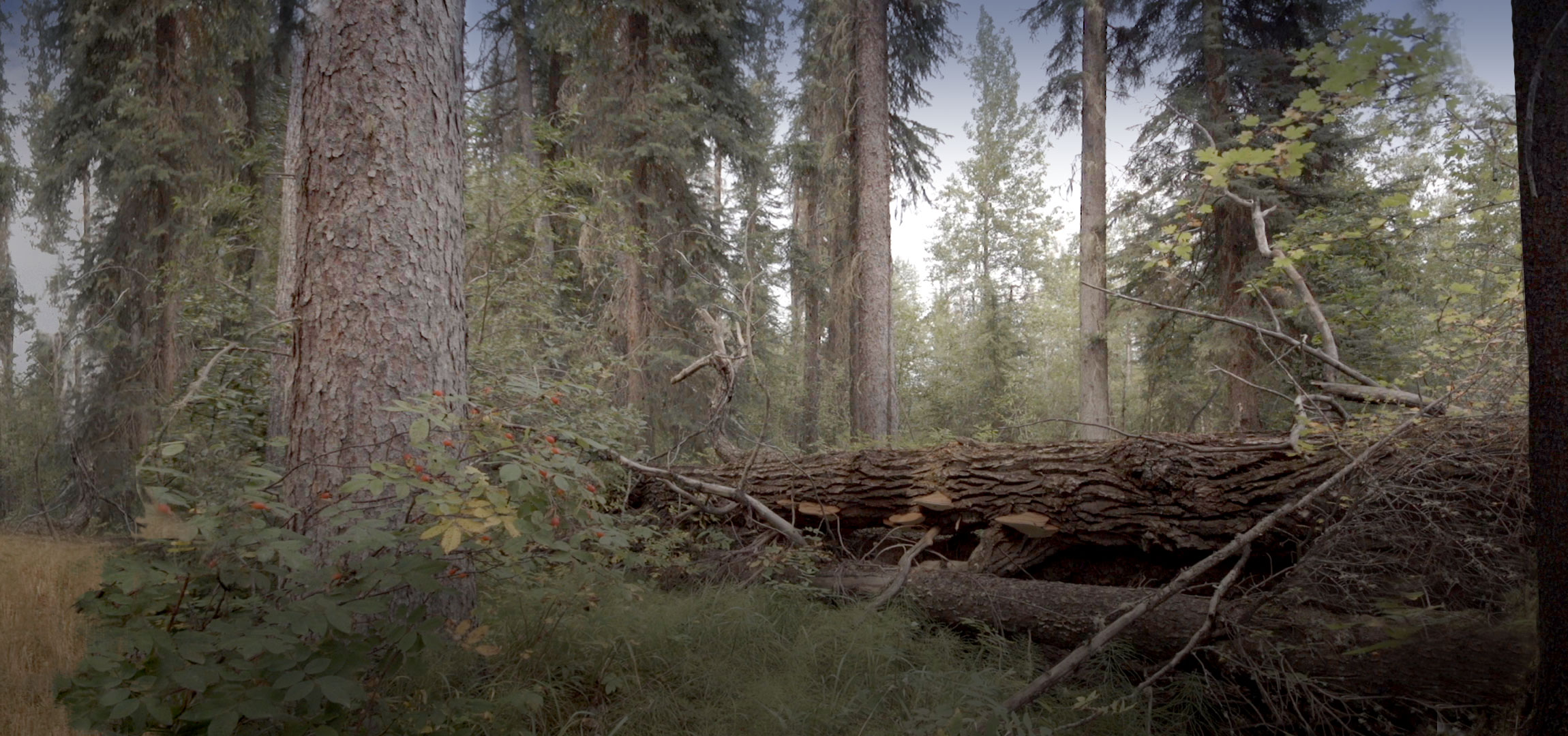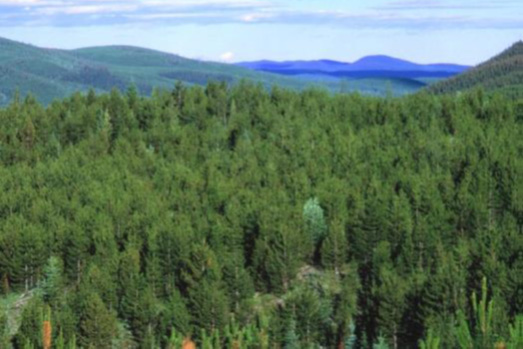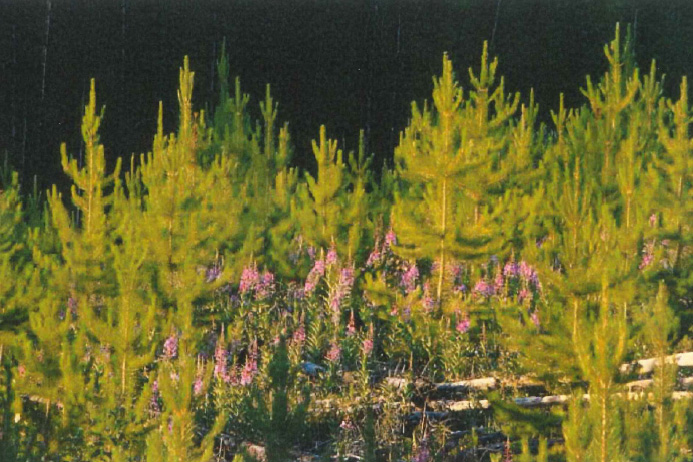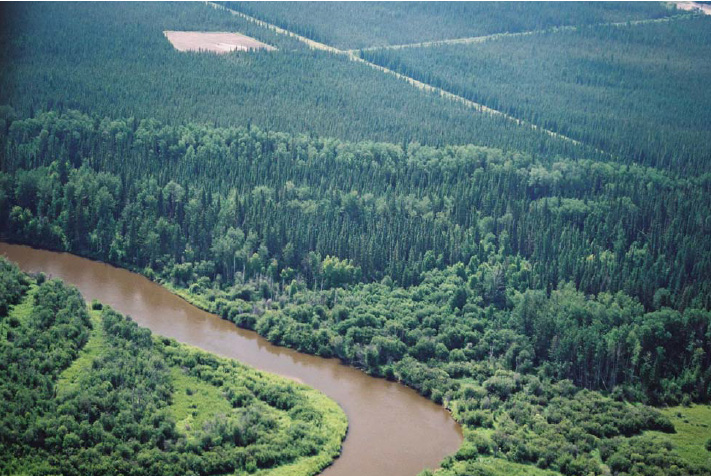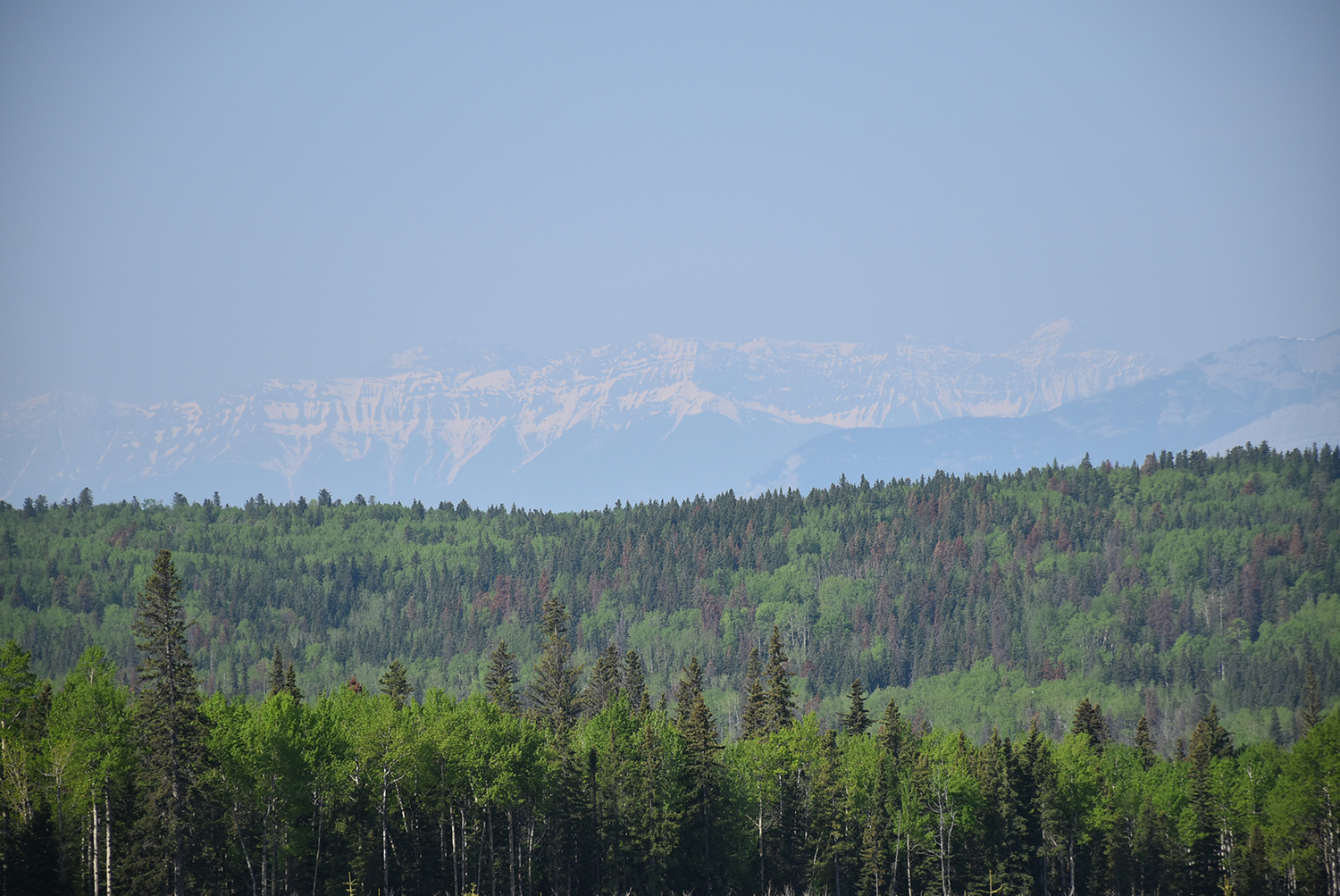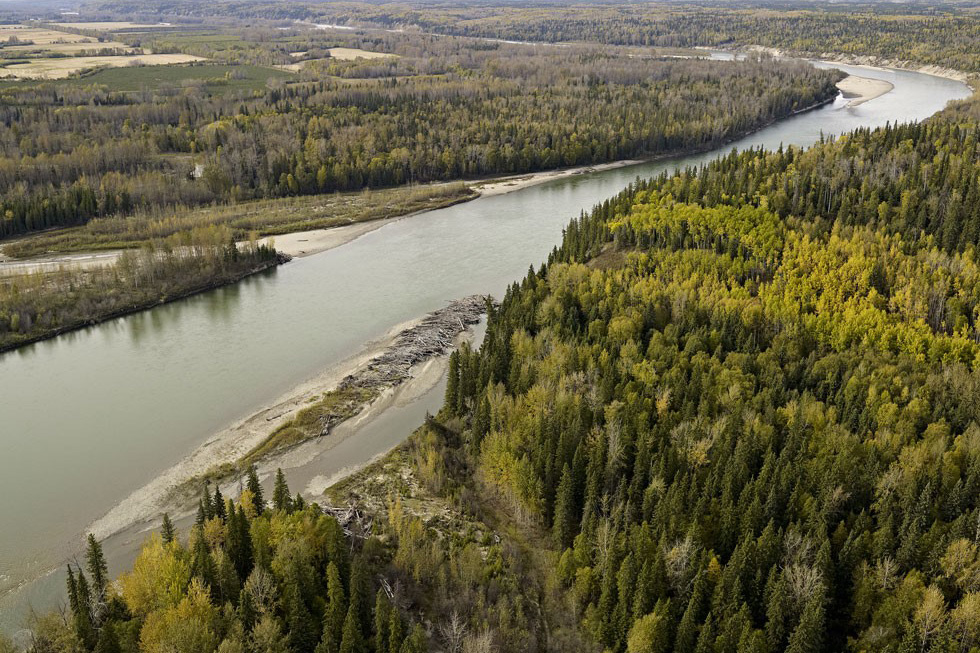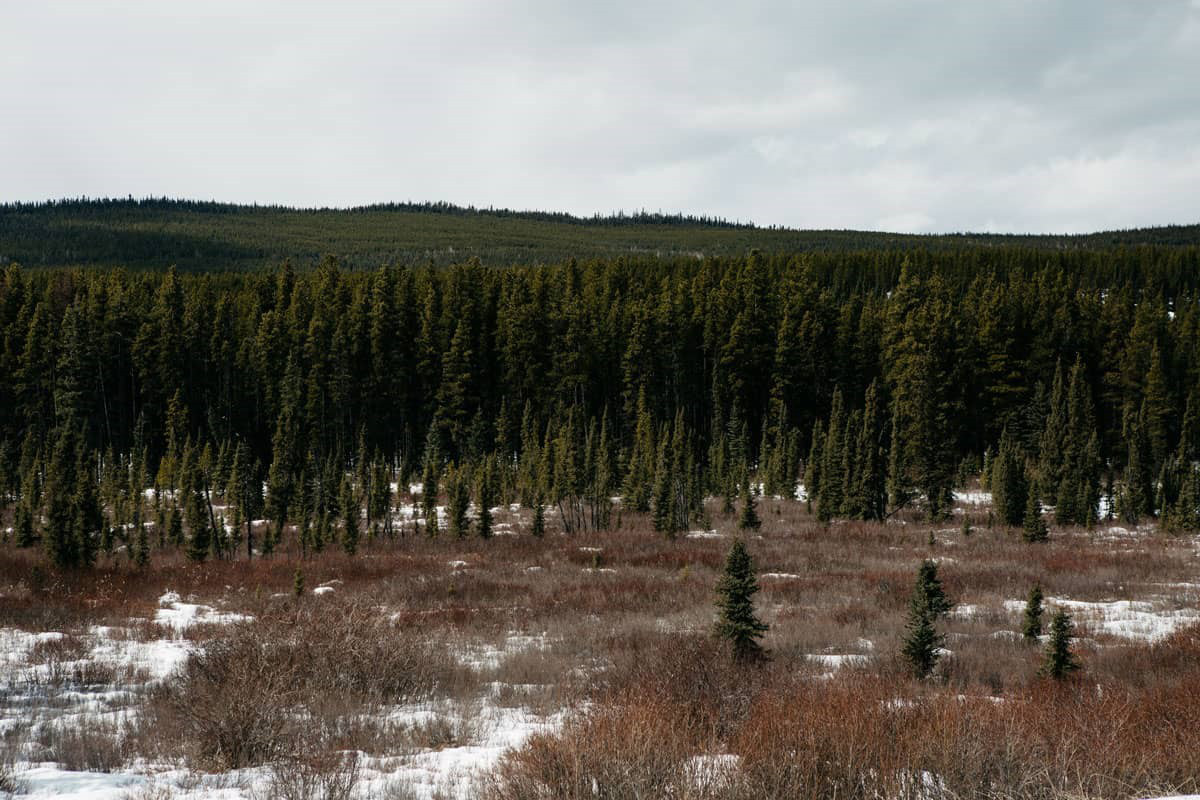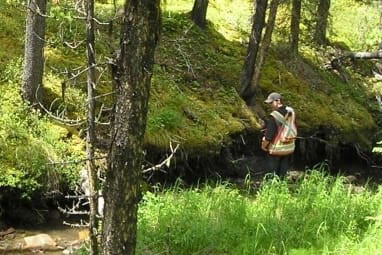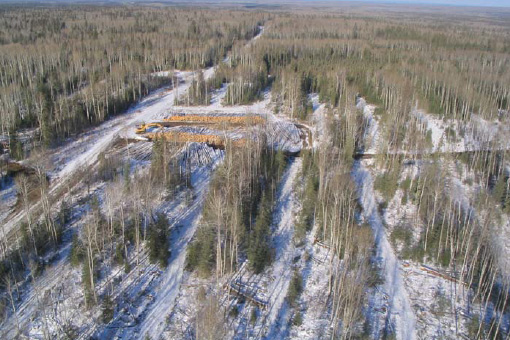This project was a spatial modelling exercise that created coarse-scale, pre-industrial landscape metrics for the Blue Ridge FMA area in Alberta. The primary goal was to understand if, or in what ways the current conditions of the FMA area align with the historical, pre-industrial “natural” range.
The results suggest that most of the landscape is currently within NRV in terms of seral-stage distributions.
However, the amount of both old and young forest are near the lower end of NRV, and the amount of immature and mature forest near the upper end of NRV. Without wildfire activity this landscape would likely be beyond NRV. For example, in the absence of the 1998 Virginia Hills fire, the current level of young forest would likely be below the lower end of NRV.
Harvesting levels alone are insufficient to maintain NRV levels of young forest. A large number of specialized species are dependent on disturbance, creating a smaller, but unique diversity peak in biodiversity within a few years after disturbance thanks to the sudden physical, chemical, and environmental changes. Many parts of this landscape have been experiencing disturbance levels near or below the lower end of NRV for several decades, which minimizes opportunities for disturbance-specialist species.
Over the next 10–20 years, a large portion of immature forest will be “promoted” to old forest (even after taking into account harvesting rates), potentially increasing the amount of old forest closer to the NRV median. The greater management challenge going forward for this landscape from an NRV perspective will be a lack of disturbance, which will not only keep young forest levels very low, but also
increase the amount of forest area that is mature and old, creating high risk of wildfire and other natural disturbance agents. The only alternative scenario where this is not true is if the landscape continues to experience large, unplanned wildfires.
Lastly, the long-term-fire-cycle assumptions under which this model was run were based on the best available information. However, this part of Alberta lacks specific fire history studies with which to make more robust historical fire cycle estimates. Future research efforts should focus on refining these estimates.








